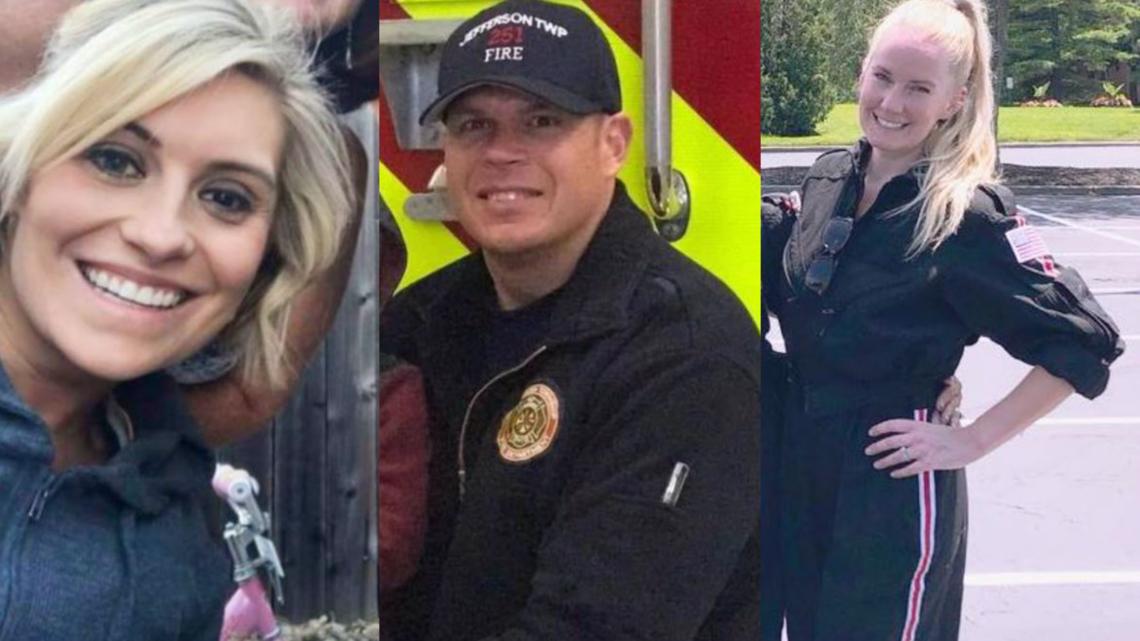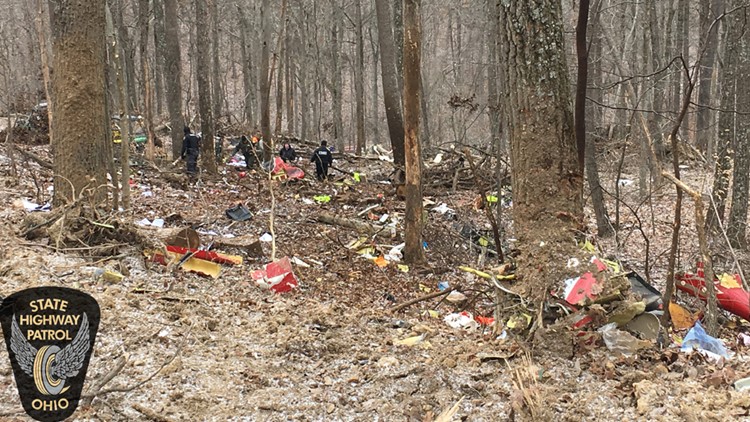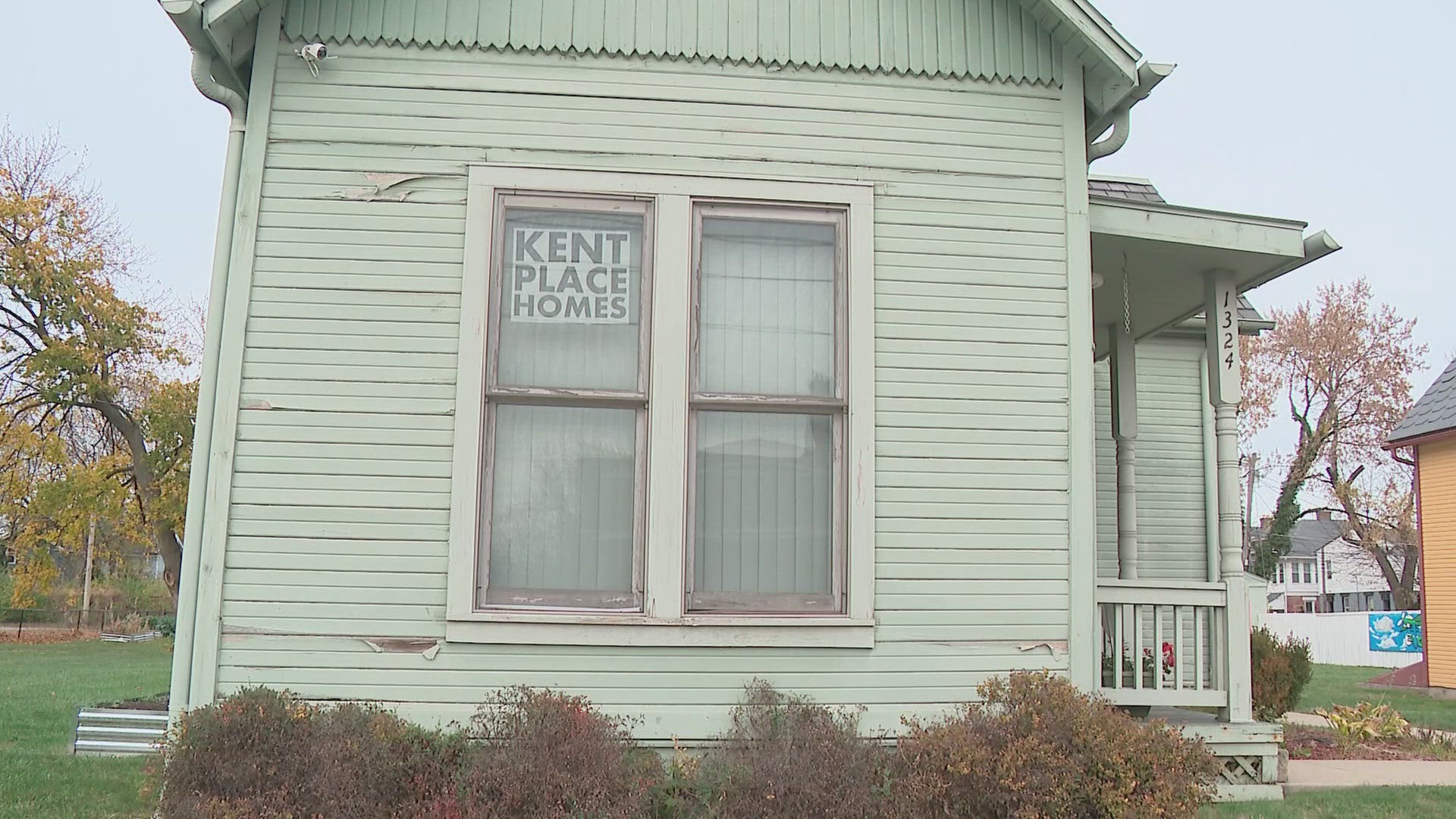The National Transportation Safety Board met Tuesday to determine the cause of a 2019 Survival Flight medical helicopter crash.
The flight was traveling from Mount Carmel Grove City hospital to Holzer Meigs hospital in Pomeroy for a patient transfer back to Columbus on January 29, 2019.
The NTSB determined at its meeting that the crash was caused by Survival Flight's “inadequate management of safety”.
The agency said that poor safety management led to the pilot leaving without a thorough check of the weather before the flight.
Shortly after 7 a.m. on the day of the crash, Ohio State Highway Patrol was notified by Survival Flight it lost communication with the helicopter.
The NTSB said Tuesday the helicopter hit two bands of snow showers. The second snow band significantly reduced visibility and NTSB investigators said the pilot made a sharp left turn, likely trying to move to an area to see better.
The pilot then lost altitude, for reasons the NTSB said are still unknown, and hit some trees.
The wreckage of the helicopter was found east of State Route 278 and south of King Hollow Trail in Vinton County.
Pilot Jennifer Topper and flight nurses Bradley Haynes and Rachel Cunningham were killed in the crash.


In a press release, the NTSB said, “In post-accident interviews, current and former Survival Flight employees said there was pressure from management to operate flights in challenging conditions and to take flights that other helicopter air ambulance services turned down due to inclement weather.”
A spokesperson for Survival Flight released the following statement on Tuesday following the NTSB’s determination:
“This accident was a tragedy that took the lives of three brave people who’d dedicated themselves to saving others and Survival Flight will always mourn their loss. Our company has always made the safety of our employees our top priority. We’re learning from this tragedy and have already completed five of the NTSB’s six recommendations with ongoing work on the final recommendation. Survival Flight will continue to learn, improve and adapt as a company in order to better serve our communities and save lives.”
The NTSB also said the Federal Aviation Administration did not properly oversee Survival Flight’s risk management program.
The NTSB said it recommended the FAA require air ambulance operators to have safety management systems, but the recommendation was not adopted by the FAA.
The recommendation has been reiterated four times, including this crash, according to the NTSB.
10TV reached out to the FAA for a statement but has yet to hear back.
A report issued late last year also highlighted concerns of safety during bad weather. In it, investigators reported that current and former employees of Viking Aviation, which owns Survival Fight, expressed concerns about flying in bad weather.
In the preliminary report, the Operations Control Specialist on duty said he saw the helicopter, being piloted by Topper, make a turn to the right, then a "sharp left turn", followed by a "no-tracking alarm" roughly 15 minutes into the flight.
An abstract of the NTSB report is available here.
The investigation docket can be seen here.



